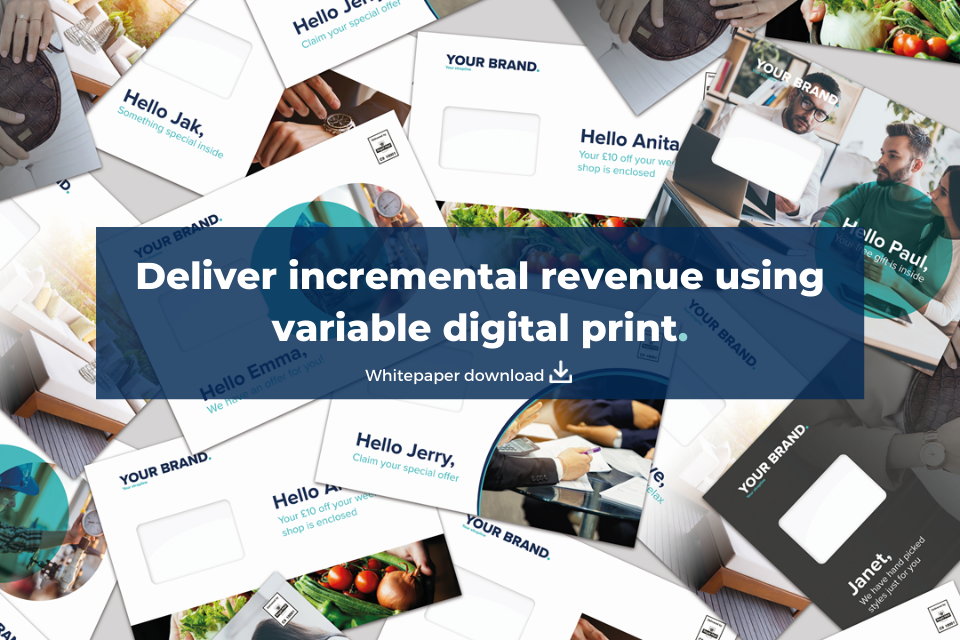Half of consumers will turn to Amazon for their Christmas shopping this year
Just under a half of UK shoppers (44%) plan to complete their Christmas shopping online this year — with a majority (42%) looking to turn to Amazon first.
That’s according to findings from the Episerver report “An Interview with The Couch Shopper: The Episerver Holiday Ecommerce Report 2020,” for which the firm surveyed 4,050 online shoppers across the world and performed 1.6 billion website sessions to uncover the behaviors and trends shaping the future of e-commerce.
The survey revealed that 42% of UK shoppers plan to buy most of their Christmas presents on Amazon this year, and 8% say they plan to buy all of their gifts on Amazon.
The study found that in general, 37% of UK online shoppers visit Amazon first when they have a specific product they’re looking to purchase, and 35% begin their shopping journey on Amazon even when they do not have a specific product in mind.
Whether it’s with Amazon or another retailer, there will be an exponential increase in online Christmas shopping this year, amid the ongoing pandemic, and a majority of which will occur through mobile devices. In its analysis of web traffic, Episerver found that 2020 e-commerce traffic overall spiked 18% year-over-year, and mobile traffic specifically ticked up 5% year-over-year — now accounting for 59% of all traffic to retail websites.
Episerver’s survey of consumers revealed the most active shoppers are also the most likely to use their smartphones: 53% of consumers who said they shop online every day primarily rely on their smartphones to do so. When viewed as a whole, the report’s findings indicate the need for retailers to tailor their content to consumers across all types of channels and to deliver a mobile-first shopping experience this Christmas and beyond.
“As Amazon claims an increasingly larger share of the market, retailers and brands can no longer compete by using broad promotions to stand out or catch consumers’ eyes,” said Josh Schoonmaker, senior director of strategy, commerce, at Episerver. “Instead, retailers must draw consumers in with intuitive online shopping experiences, compelling content, and personalised recommendations or offers.”
You can download “An Interview with The Couch Shopper: The Episerver Holiday Ecommerce Report 2020” here.








